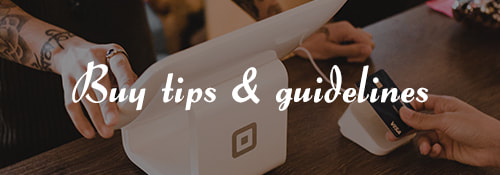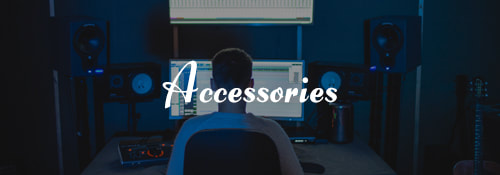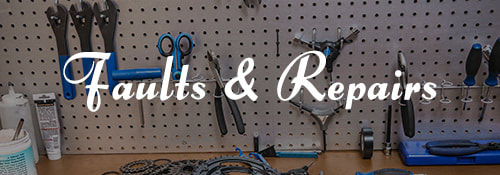Drums |
Listen to the sound of the Drums
|
|
The Drum kit also referred to as a Drum set, Trap set or simply Drums, is a percussion instrument played as a collection of drums and other percussion instruments with drumsticks held in both hands and feet-operated pedals.
|
It is very popular with people of all ages. Kits are available for children from five years onwards. If noise is an issue, electronic kits are the answer; you just put on your headphones. If you wish to play a standard acoustic kit, you must consider the level of noise the kit generates. To control noise levels, most drummers soundproof the 'drum room'.
|





